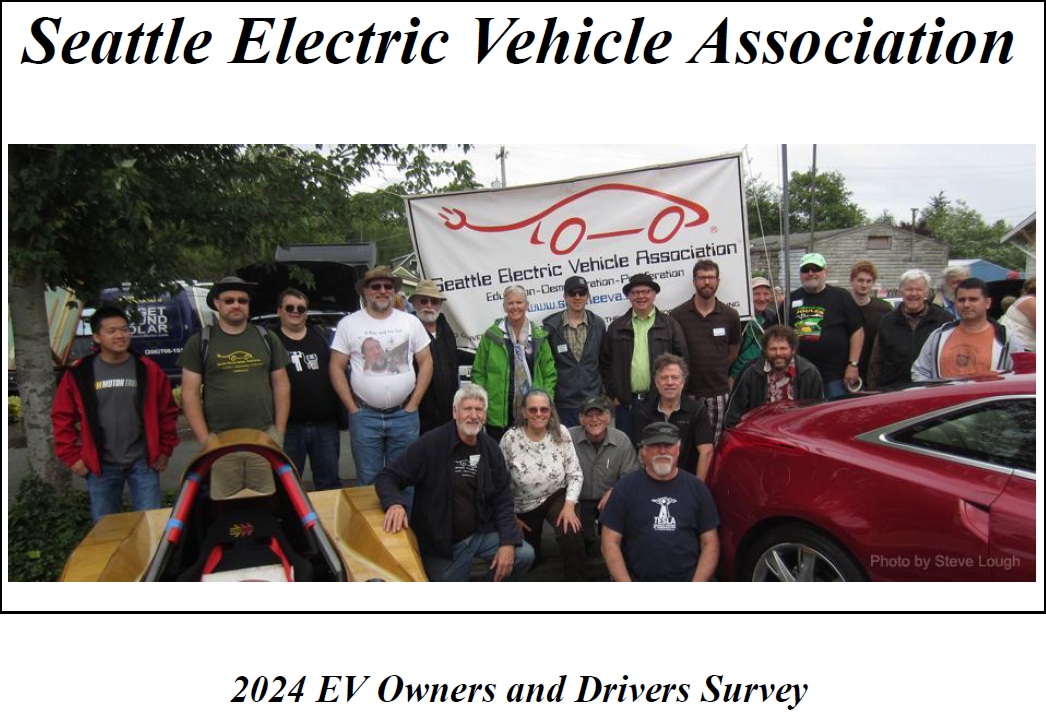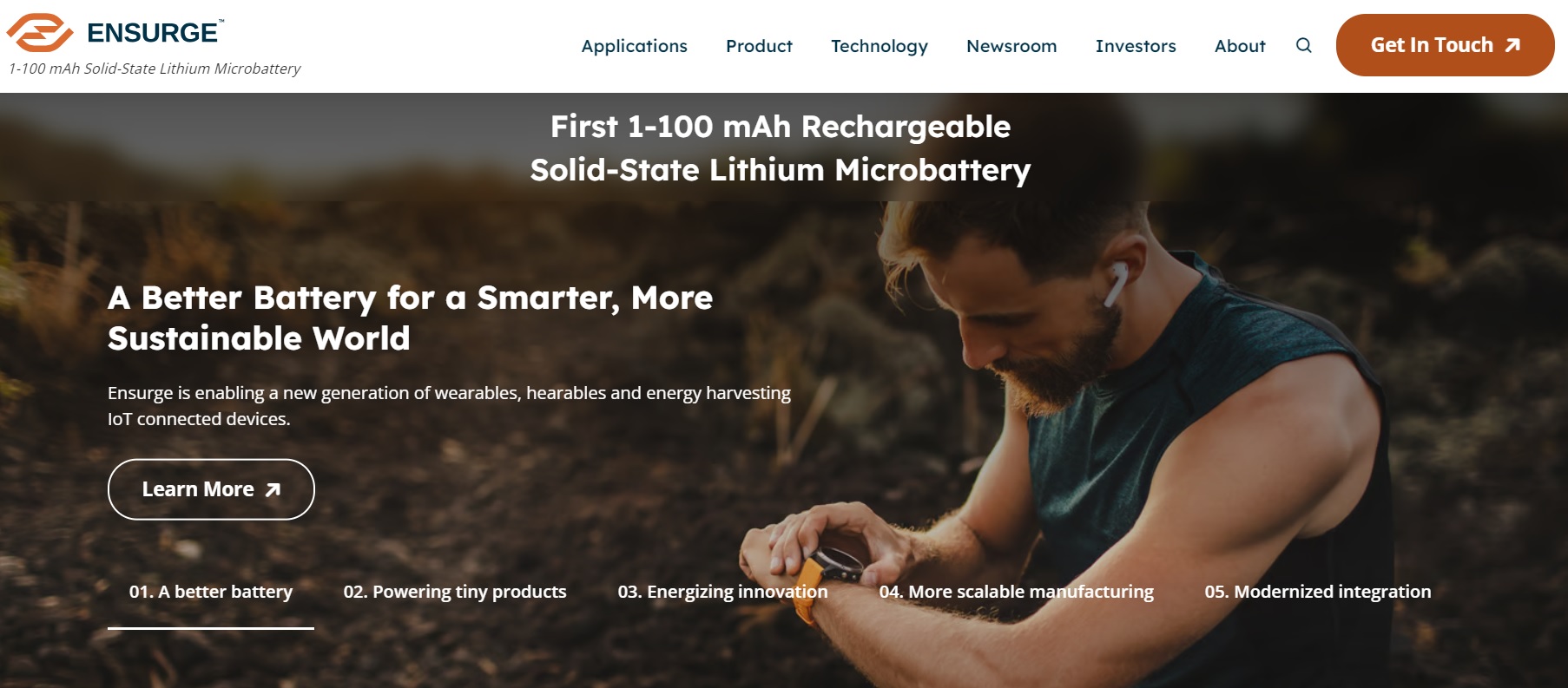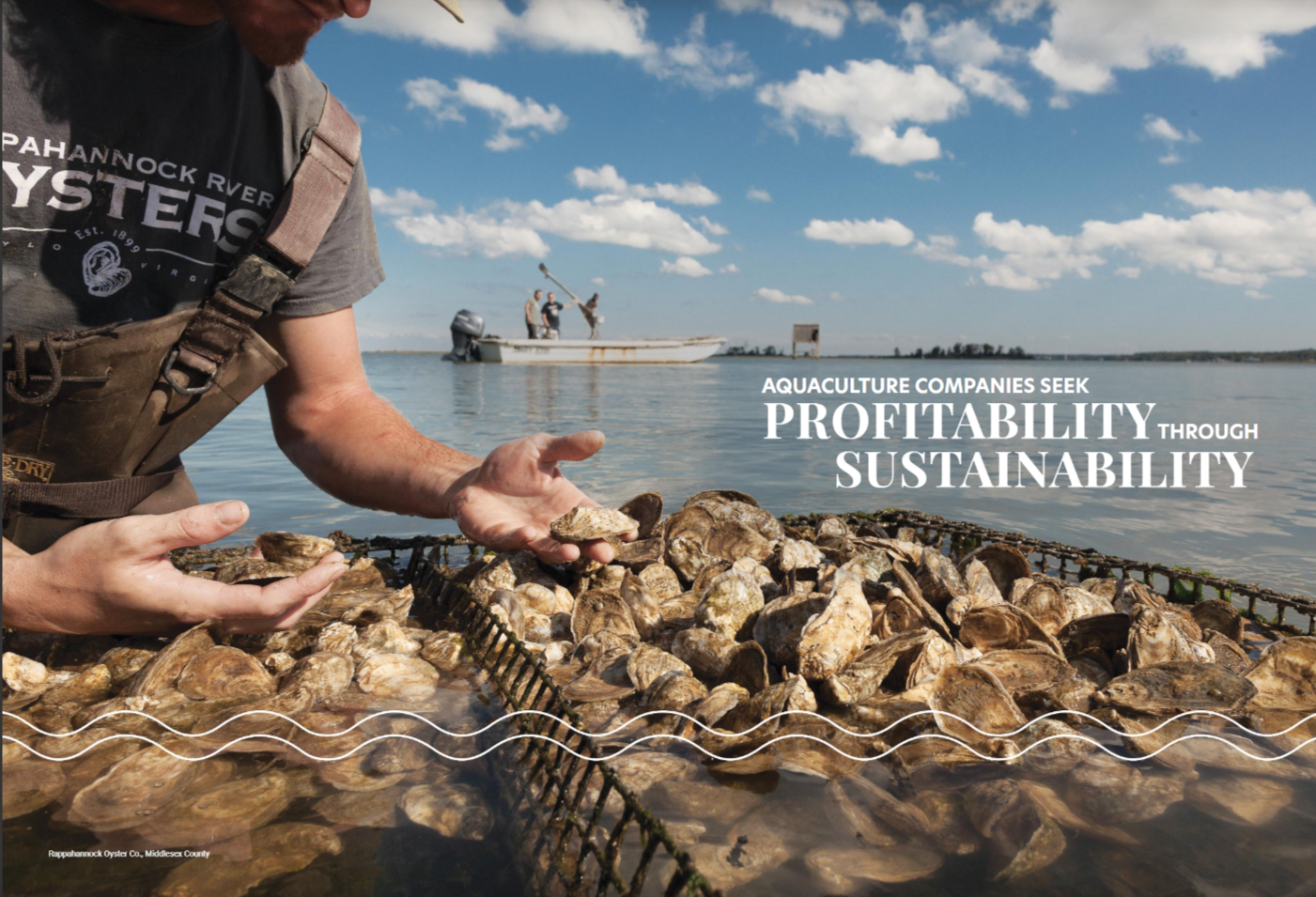Freelance Content Writer
What's the difference between a good content writer, and a great one? Perhaps the better question is, why hire a freelance copy writer when most writers can get the job done?
First, let's define what a content writer is. "Content" in this context is potentially any and all materials you might find on a website:
- A general description of the website's owner, whether that owner is a person, company, government agency, non-profit or public service entity (like a hospital and school).
- A descriptive list of that entity's products and services, along with location, contact information, staffing, and history.
- Information about that entity's most recent activities.
- More specific information for different subsets of the groups which that entity serves. For instance, a school would have different sections for students, parents, teachers and extra-curricular groups like sports teams based at that facility. A company might have different sections for new customers, existing customers, prospective employees, existing employees, and investors or stockholders.
- A calendar of upcoming events relevant to one or more of the above groups
- Frequently, a statement about that entity's commitment and participation in various community-enrichment or improvement activities, such as environmental protection, community safety/improvement, environmental protection, employee diversity, etc.
All the above would, for our conversation, be considered content. That content, in turn, takes particular forms:
Web pages are the main functional component of any given website. Long or short, simple text or complicated graphics, web pages provide a huge fraction of the information now flowing through the Internet. For all the online bells and whistles which come out every year to make websites smarter and better in some way, a comprehensive, well-written, logically organized set of webpages is still the biggest gotta-have for any website.
Video/audio content has become much more common in the last decade. Many websites now make full use of audio and/or video clips for a variety of purposes: product or service demonstrations, troubleshooting and repair procedures, testimonials, updates, etc. Behind all the fancy sound and visual effects, is still a script which was probably put together by a content writer.
Case studies are simply short reports, usually only a few pages long, but they pack a big wallop. They describe a real-world situation where a website's parent entity provided products and services to solve some problem or improve some situation. The case study describes the situation before and after those products or services were used, and how they changed the situation. Case studies are typically relatively objective, and devoid of overt sales language or hype. Oddly, that objectivity makes them powerful sales tools, because they are solid proof for how the aforementioned products or services improved a situation. And content writers are usually the folks who gather that information, put it all together, and post those reports.
White papers are a hybrid animal, somewhere between sales copy and case studies. They are slightly longer reports, say 3-6 pages long, which provide a detailed examination of some topic. Sometimes they will describe a given set of products and/or services, how they can be used, and why they are a good option, or sometimes the best option, for some particular situation. Other times, a white paper will simply describe a situation or problem, and provide less brand-specific suggestions or options for solving or improving that situation. In the latter case, the white paper may not even name the parent company, but will describe products and services which the company offers. Generally speaking, white papers fall into the category of "influencer" reports, ie, a "soft sell" approach. This is because they affirm that a company's approach will improve a situation or solve a problem. Ironically, just creating those white papers will often serve as a powerful sales tool for companies, specifically because they are not brand specific, and because they focus more on solving a problem than on selling a product. And yes, content writers research and create those reports.
Technical reports vary in size, layout, language and supplemental graphics, depending on the organization and the audience. Let's consider three different examples from a single hypothetical entity, namely a rural drinking water association:
- The association's annual report to members, which will typically be fairly short, generic and almost devoid of specialized jargon. It will ideally provide information about system capacity changes, if any, infrastructure upgrades, scheduled maintenance, service interruptions, rate changes and/or future expansion plans. The report may also go into more detail if some issue is likely to change performance, reliability, cost or other feature important to the membership. However, this association's report will frequently look about the same from year to year.
- Now let's add another layer of complexity. Suppose our hypothetical water association was within 10 miles of an industrial chemical spill. The association's membership would want much more specific information, and the association's phone or email would be overflowing with questions about whether the water was safe to drink. In this instance, a special report would be appropriate, independent of any annual reporting schedule. This particular report would provide details about the spill, containment efforts and progress, the risk of contamination plumes, and whether that plume (if any) has reached the relevant drinking water supply. Such a report may need to be supplemented with updates as warranted, with additional information about the specific chemicals and their toxicity, water sampling from multiple locations along with those results, containment and cleanup measures either planned or completed, and detailed instructions on whether the association members must use alternate water sources. The language would still be aimed at the general public but would provide much more detail, with a fair amount of photographs, data tables, field work dates, activities and results, and references which back up professional interpretations of test results.
- Now, suppose that the chemical spill did result in contamination problems for that association's water supply, such that state or federal cleanup, containment, remediation and/or reporting requirements were triggered. In that instance, the situation would likely call for that most intensive type of technical report, namely a formal Environmental Site Assessment (ESA). An ESA, which must often meet state and federal reporting criteria, will be written not only for the association members, but also for regulators, inspectors, property owners, business owners and anyone else impacted by the spill. That report may cover a much wider range of topics including business impact, wildlife impact, geological issues which will impact containment and remediation measures, liability descriptions, and long term ramifications for that site and surrounding areas. It will also describe regulatory compliance, violations and mandatory corrections, sometimes criminal or civil suit activities and results, etc. Environmental site assessments by nature are extremely detailed, carefully researched, and are often written with a great deal of jargon even though at least some of their audience is still the lay public. The increased jargon is due to the fact that these documents will be used by regulatory agencies, real estate agencies, lenders, environmental cleanup organizations, and any other formal agency or entity impacted by the spill. These documents also often enter into the public record for that particular property. As such they must communicate exact information about that particular property's exact condition at a certain moment in time. That role also makes an ESA a common document to submit as evidence in court, in the event that some person or entity files civil or criminal charges related to that property. In this instance, sometimes a pair of documents will be released: the ESA itself, to be used for various formal reporting requirements, along with a matching document (or series of updates) with somewhat less technical language. These latter documents help inform the association members, without going into all the scientific details.
The best technical reports begin life well before any research actually takes place. The individual, team or organization requesting or creating the report must first determine and finalize well-defined criteria for report scope, topics and audience. That list will include the topics to be covered, the level and amount of technical language, relevant sources, and any supporting documents, charts, tables, maps and/or imagery. Without that criteria, many technical reports are doomed to become just another vague, muddy set of sentences. Adherence to that criteria can help ensure a technical report which serves its intended purpose, and educates its target audience.
Blog posts are usually a single page exploration of some concept, event, product, service or policy. They are often a combination of factual information with editorial commentary. They vary widely in terms of length, with "short form" blogs usually consisting of 500-750 words, and long-form blogs being 800-1200 words in length. Once any given piece of writing goes beyond 1200 words, it's usually presented in the form of a case study, white paper, full editorial or technical report. Blog posts are commonly where new writers get started, since they are considered "easy" pieces to put out. Many companies have a policy of producing at least one blog entry a week just to keep current information out into the marketplace. That being said, blogs can be powerful expressions of any given company's philosophy, methodology, and/or brand identity. Given that, some companies feature the writings of their top executives as a way for their leadership to "meet the people" and vice versa. Many companies choose a middle path where department leads will help choose trending topics, then a content writer will research and create the blog to reflect the company's philosophy.
Press releases are mini news articles about some current event of development for the company, usually in the category of new products, new accomplishments, new markets, etc. They are usually "good news" type events, as a way to tell the world some wonderful new thing that the company is working on. These releases are sometimes written by the marketing or PR team, and sometimes by a content writer in between other assignments. Larger companies, agencies, universities and nonprofits have dedicated staff members who specialize in writing press releases as their main assignment.
Social media posts are a relative newcomer to the party, but they've become a critical piece of content marketing. Depending on the social media platform, they are usually extremely short, often involve pictures or video clips, and are almost always either event-driven and/or editorial in nature. They are a way for an entity to say "this is what we do, and where we stand" for topics not only within their specialty, but also for larger issues. For instance, social media is used widely for companies to take a stand on news and cultural debates. Content writers often not only write these posts but also coordinate any accompanying photos, videos or other graphics.
Email marketing is another relatively new member of the content writer's toolbox. Emails began as an almost purely personal form of communication. Then businesses began to explore emails as a new way to "reach" prospective consumers. Email address lists proliferated as a new, relatively cost-effective way to reach hundreds, or thousands, of new customers with very little effort. Sadly, that approach was overused, to the extent that people now must sort through dozens of spam emails any given day to find the messages they actually want to read. Yet emails are still a powerful way to deliver information to new and existing customers. As a result, most companies still use email marketing in some form. Now, those marketing campaigns are much more nuanced, seeking to communicate sometimes complex information, to a spam-weary set of potential customers. Email marketing might very well be one of the most demanding assignments for a content writer. It's not enough to write a grammatically correct sentence, or a clever paragraph. The writer must be part salesperson, part psychologist, part evangelist, and part wordsmith. Get it right, and you'll gain a customer. Get it even a little wrong, and you'll alienate that recipient forever. Only the best content writers last long on email marketing campaigns.
Which leads us to the original question: what is the difference between a good content writer, and a great one? Given all the types of writing assignments listed above, it's relatively easy to see how a mediocre content writer could simply "get the assignment done" and move on. Many writers can craft a grammatically correct sentence, spell everything correctly, and deliver a clear message. That would be considered adequate. Some writers can develop a good feel for the company's place in the grand scheme of things, and how to use any given assignment to improve on that position. Boost product sales, promote services, keep existing customers happy, or recruit new ones. Those accomplishments would certainly be considered good work. However, excellence requires something more.
An excellent content writer goes above and beyond anything we've touched on so far. All these different forms of content writing, are like pieces of a big puzzle. Not only do they have to fit together, they must create a cohesive picture of the whole - the whole company, the whole agency, the whole non-profit, the whole entity. The writer needs the ability, skill and experience to see how each part fits into that whole, and helps brings an entity's ideals to life, whatever those ideals may be.
One might think that staff writers would be the best-positioned to accomplish this level of performance. Staff writers would presumably have the full support of their department and their leadership. After all, their work can make or break the organization. However, human nature being what it is, sometimes an insider can't see the bigger picture. Too much focus on the details of any given organization can blind us to what that company looks like to the outside world. That's why many organizations are turning to freelance writers to do content work. Freelance writers have the unique advantage of having access to inside resources while also still existing outside the organization. As such, they are in a position to not only see the puzzle's "big picture", but also see where the gaps are, and then fill the gaps. A good freelance content writer will fill the gaps to create a complete picture. A great freelance content writer will not only fill the gaps, but help create a clearer, better, more refined picture. And that writer can do it over and over again, for multiple organizations. If there is such a thing as real alchemy in the world, the ability to turn lead into gold, an excellent content writer may very well hold that recipe.
|
Shopping Cart |
|
Kathryn Kerby
freelance technical writer

Questions?
Projects?
Ideas?
Testimonials for my AI for Writers Class Series:
Kathryn is very knowledgeable about AI, and kindly answered a few of the questions I’ve had around legal issues in AI-generated content...I originally got in touch after seeing Kathryn’s excellent talk around the use of AI in copywriting projects. Many of her recommendations from that apply equally well to the use of AI in design. - Steve McInerny, Sharp Sharp
I really enjoyed yesterday's workshop with Kathryn Kerby. It was unbelievably comprehensive and packed a lot into an hour. Glenn Sturgess
You were able to create better results with a minimal prompt of less than 70 words and feeding in a URL. Clearly my prompts are outdated. This is a very good reminder to regularly review the effectiveness of old prompts. Anthony Lopez-Vito
My Clients Have Included:









